All about jasmine
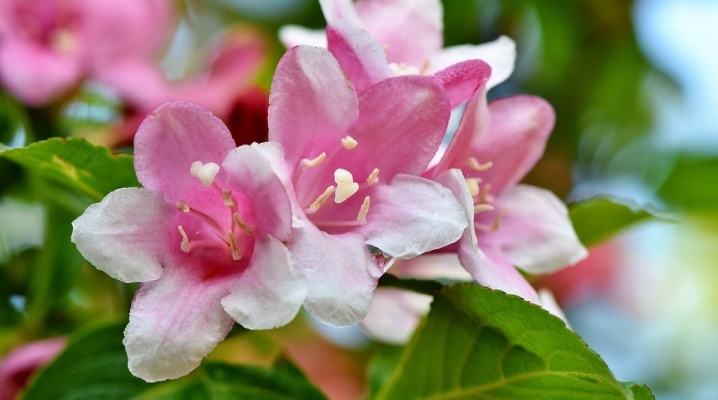
Jasmine rightfully belongs to the status of the king of flowers. It enchants garden visitors with its charming appearance and pleasant sweet aroma. Already in the 11th century, jasmine was grown in the courtyards of Chinese emperors, and this flower is still very valuable for modern gardeners. Let's take a closer look at this unique plant.

Description
It is a perennial shrub with a fragrant strawberry scent. Previously, the flower could be found only in warm countries, but breeders managed to bring out several varieties that can feel comfortable in Russian regions. It is possible to maintain it in an apartment, but in this case it is worth considering the peculiarities of the smell, which in the room may seem sharp and provoke a headache.
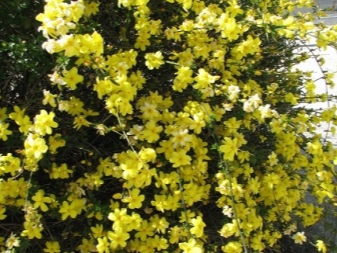
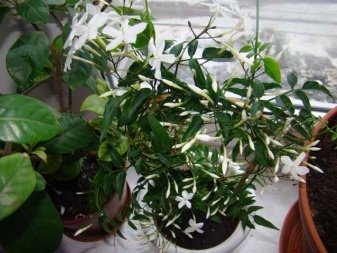
The crop may appear as an upright or climbing shrub with a narrow and smooth stem. Leaves are dark green trifoliate. The flowers have the correct shape, depending on the type, they are umbrella or single, usually formed into scutes. The elongated corolla contains two threads that connect to form a fruit, that is, a berry that is completely inedible and even dangerous. The color of the flowers is white, yellow or pink and is determined by climatic conditions and varietal affiliation. In the wild, you can find large-flowered plant species, the thinnest, low, dwarf and other varieties, some of which can also be grown at their summer cottage.

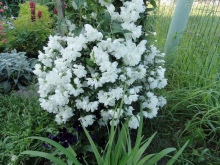
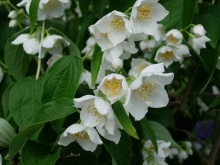
It is worth mentioning such a plant as a golden crown mock-orange, with which jasmine is often confused. These two cultures are similar in aroma and appearance, however, real jasmine belongs to the Olive family, and the mock orange belongs to the Hortensiev family. In addition, the main character of the article is an evergreen plant, while the mock-orange belongs to the deciduous type. The presented culture is famous for its unique healing properties. It is used in the manufacture of drugs that can stabilize sexual libido, normalize the functioning of the digestive system, cleanse the body of toxins, and strengthen the immune system.

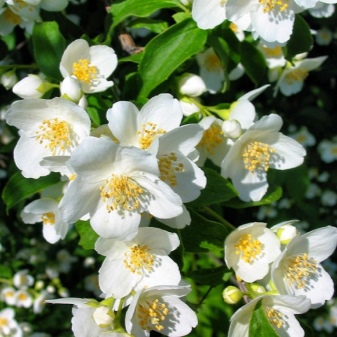
When does it bloom?
It is possible to observe the buds already at 2-4 years of age. Some species begin to bloom in June and end with frost. Other varieties, on the other hand, bloom in early spring and allow you to admire the flowers until the end of summer. There are also winter varieties that bloom from January to April. If the culture is grown in an apartment, then usually flowering lasts from January to December, depending on the variety. The flowers adorn the plant for up to 20 days, after which they become covered with a red or purple tint and gradually fade.
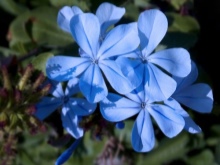
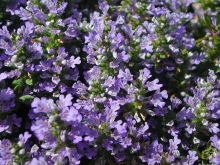
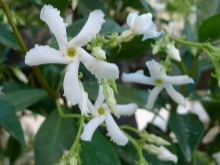
Types and varieties, their shades
The following varieties are considered popular.
- Shrub. An upright species, reaching a size of 1.5 m. It has flexible green shoots and a spiral arrangement of narrow ciliated sheets. The leaf plate is dark green, glossy. The flowering period is from late May to early July. The flowers are bright yellow, formed into an umbrella of five units. The fruits can be seen at the end of August.
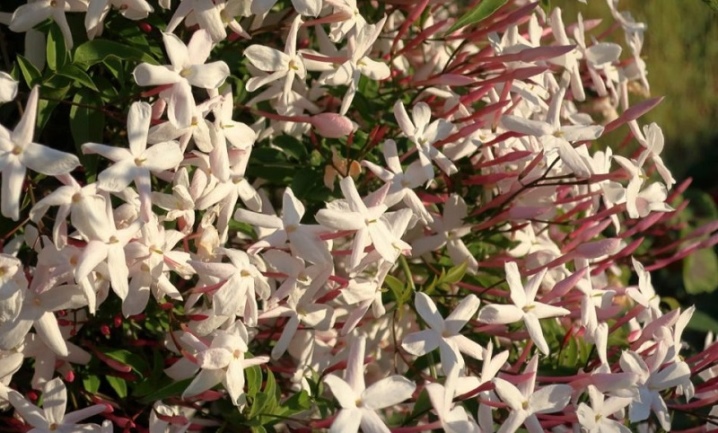
- Italian yellow. This plant is characterized by a racemose inflorescence of yellow flowers with a delicate fragrance.
The species is capable of blooming in winter.

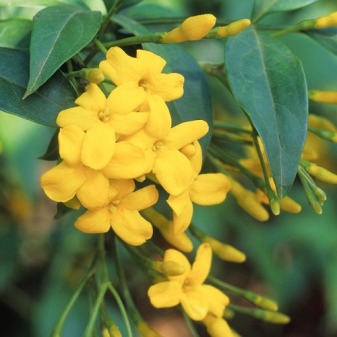
- Holoflower. This variety is distinguished by weeping shoots with compact bright green leaves.In winter, some of the leaves fly around. The plant is decorated with bright, voluminous yellow flowers that do not have a scent. Flowering starts in winter and lasts until mid-spring.
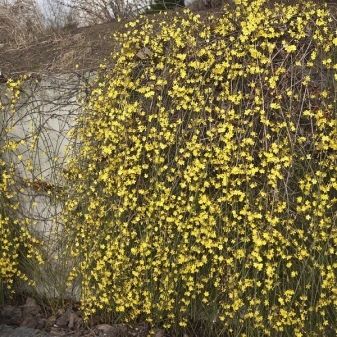

- Multi-flowered (polyantum). It is a shrub 1.5-2 m high, each shoot is climbing. The plant is weakly branched and has dark green leaves, pointed corrugated along the edge. Differs in a variety of pink flowers, formed on the tops of 3-5 pieces.
Possesses a pronounced aroma.
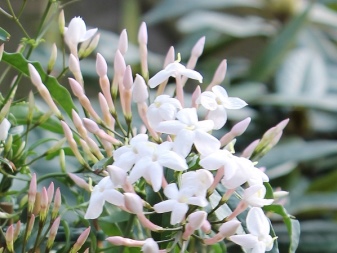
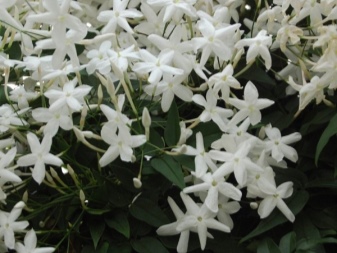
- Indian. Also, this species can be found under the name sambac. It looks like a liana up to 6 m long. It has narrow, fleecy shoots and ovoid leaves up to 10 cm in size. Snow-white flowers are formed into umbrellas, they are simple, double and semi-double.
Differs in lush flowering, which begins in mid-spring and lasts until mid-autumn.

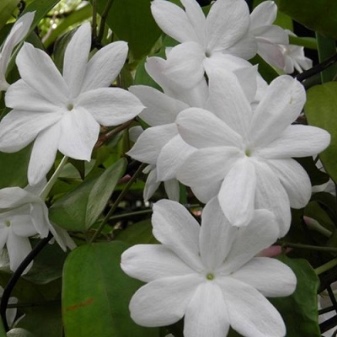
Landing rules
The culture belongs to rather unpretentious plants, therefore it can be grown on any soil. However, the flower will feel more comfortable in the ground, where water does not stagnate, therefore, when choosing a site, give preference to places with deep groundwater. The optimal time for planting is late spring or early autumn, during this period the seedling can take root better. Planting looks like this.
Dig a hole up to 50 cm deep.
Fertilize the soil with 30 g of nitrophoska.
Moisten the soil and plant a seedling in the prepared hole.
Do not deepen the root system more than 3 cm.
Compact the soil around the bush. Water the planting site well.
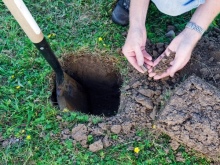
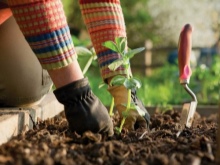
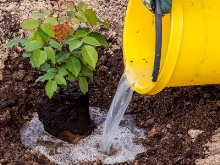
When planting several specimens, do not forget to observe a certain interval, the length of which is determined by the variety.
Care features
The cultivation of the presented culture in outdoor conditions consists of the following stages.
Watering. The tree reacts rather painfully to cold water, so use only warm water for irrigation. During a period of extreme heat after the sun has subsided, the plant can be sprayed. If the gardener noticed that the flower is slightly withering, then it can be revived by saturating it with moisture in time, but if the petals are already coarse, then moisturizing will not help. In addition, the water for irrigation must be settled within 24 hours. The regularity of the procedure is once a day.
It is undesirable to allow drops to fall on the flowers; it is better to supply water only to the root areas.
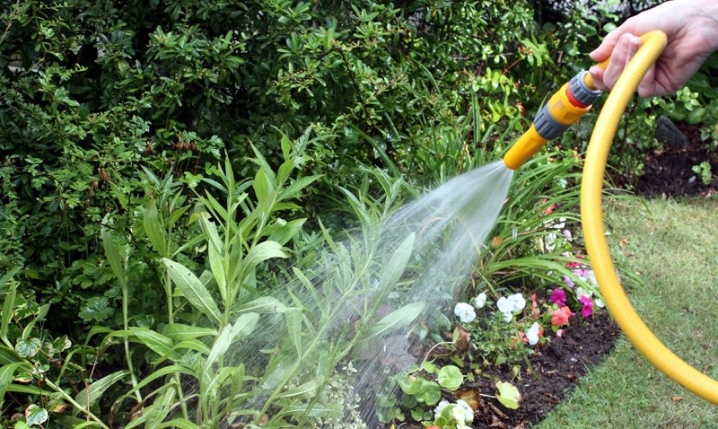
Top dressing. The plant needs fertilization a year after planting. Mineral formulations are suitable as additional nutrition. For example, you can mix urea (15 g), superphosphate (30 g), sulfuric potassium (15 g) and water (10 l), and feed the culture with the resulting solution in early autumn.
In spring, it is recommended to feed the tree with organic mixtures diluted in water 1: 10.
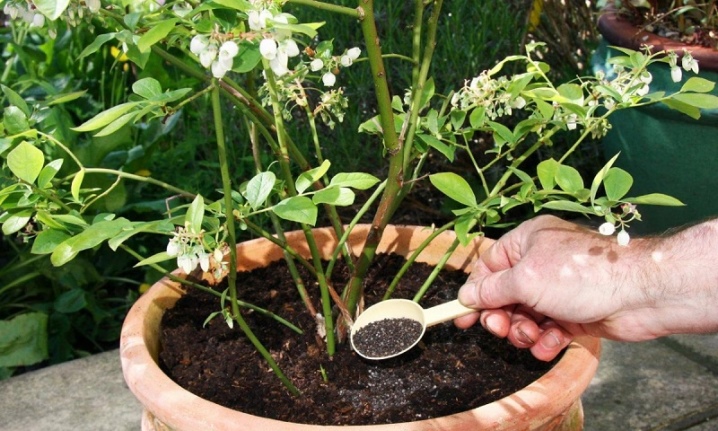
Pruning. Crown formation is carried out in early spring. In strong shoots, the tops are pruned, injured and frozen dry branches are shortened by half. A sanitary haircut is carried out every year, during this procedure, the shrub is thinned out, saving it from unnecessary shoots and dried flowers. To reduce the likelihood of infection of plants with a fungus, after manipulation of pruning, the cuts should be treated with garden pitch.
The procedure must also be performed with a disinfected instrument.
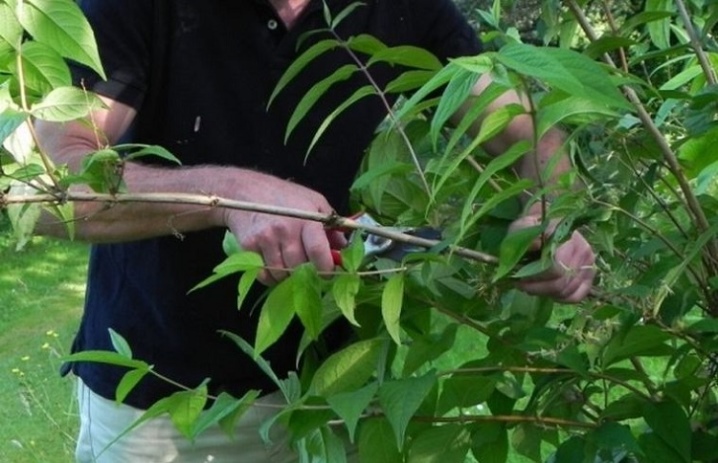
If the flower is planted in a pot on a windowsill, then other maintenance rules should be taken into account. For example, lighting is an important criterion. This is a light-loving flower, which, at the same time, does not tolerate direct sunlight. To protect the plant from burns, arrange diffused lighting. In the summer, indoor culture can be taken outside.
In order for the plant to grow well in the apartment, the temperature in the room should be kept within 18-25 degrees. In winter, it is better to leave the pot at a temperature of 10 degrees, then the flower can rest before the flowering period. Temperatures below 8 degrees can lead to the death of the plant.
Indoor varieties love high humidity, so periodically spray the plants with a spray bottle with warm water., but so that water does not fall on flowers and buds. This procedure is performed daily, and in hot and dry weather - twice a day.
In winter, the crop does not need to be sprayed.
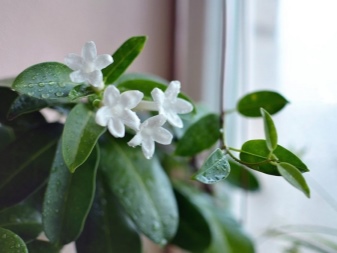
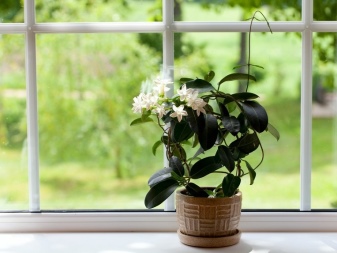
Reproduction methods
Let's take a closer look at how this representative of the flora can be propagated.
Cuttings
Cutting a crop is a fairly simple process that even a novice gardener can handle. First you need to find a suitable strong stalk, it should be about 5 cm long and have 1-2 internodes and 2-3 pairs of leaves. Examine the scion visually and make sure there are no signs of fungus or other diseases. During grafting, the planting material takes root well, while maintaining varietal characteristics. The process looks like this.
Cut the stalk with a knife and treat the cut with a growth stimulant.
Submerge the scions in water for several days or plant them immediately in a container with a peat-sand mixture at an angle of 40 degrees, deepening 1 cm.
Cover the container with glass on top to create a greenhouse effect. The recommended air temperature is 20-25 degrees.
In order for the cuttings to develop well, they should be sprayed every day, moisture and lighting should be maintained. After 3-4 weeks, you can remove the shelter and start hardening the sprouts. To do this, take the container out onto the balcony every day. Further, at the dacha, a flower bed is prepared, supplying it with mineral dressings and moistening, and the cuttings are planted in the ground. Further care for young seedlings consists of hilling, watering, pruning the tops for the next year.
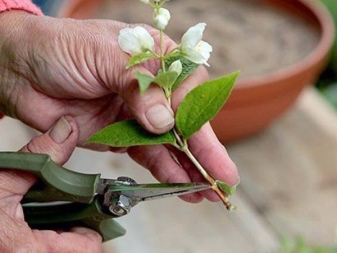
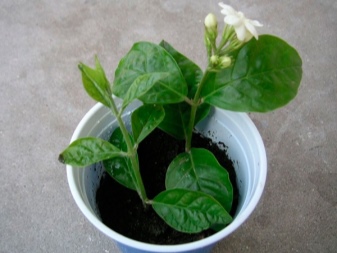
Layers
This method is practiced in early spring before the first buds open. First, you need to dig up the soil near the selected specimen, level the soil, drag the layering with wire in 2-3 turns and lay it in a previously prepared groove to a depth of maximum 1.5 cm.The shoot is fixed with staples and sprinkled with earth.
When the sprouted shoots grow up to 15 cm, the soil should be earthed at the level of 5-10 cm and this procedure should be carried out every 1.5-2 weeks until the length reaches 25-30 cm. For transplanting, it is allowed to extract the layers only in October; only bushes with a maximum height of 70 cm are suitable for this. Shoots are transferred to a permanent place in the spring, flowering is possible in the same year.

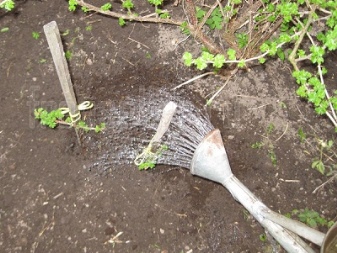
Seeds
You can also breed a plant using a seed method. At the end of summer, the gardener will notice seed pods in the form of pods on the shrub, and from the end of September they can be expected to ripen and open. The pod, from which you can collect the seeds, is covered with a brown color - from them and extract the seed. Some growers use gauze bags when collecting so as not to miss the moment of opening.
Sowing for open ground is carried out 1.5 months before the last frost. When growing in a pot, you can choose any other planting time. The seeds should be soaked in water overnight. Next, we prepare the substrate: we combine peat, perlite and compost in proportions of 2: 1: 1. Soaked seeds need to be buried in the ground by 1-2 cm, sprinkled with soil on top, and leave the container indoors at a temperature of + 21 + 23 degrees.
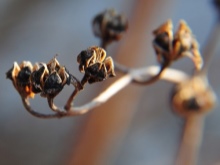
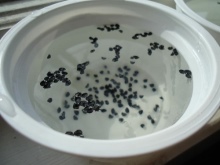
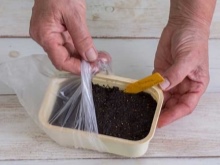
During this period, it is required to regularly moisten the substrate, preventing it from drying out. The sprouts hatch not very quickly - the first shoots can be observed only after a month. When the size of 5-7 cm is reached, the shoots are transferred to a flower or peat pot, depending on further growing conditions.
Wherever seedlings are transplanted, carefully examine them before transplanting for the presence of putrefactive processes. When replanting, do not compact the soil with your hands, but moisten it well. Young seedlings need good watering for the first 2-3 weeks.
The optimal composition of the soil for replanting is universal soil, crushed bark, perlite, fresh compost.
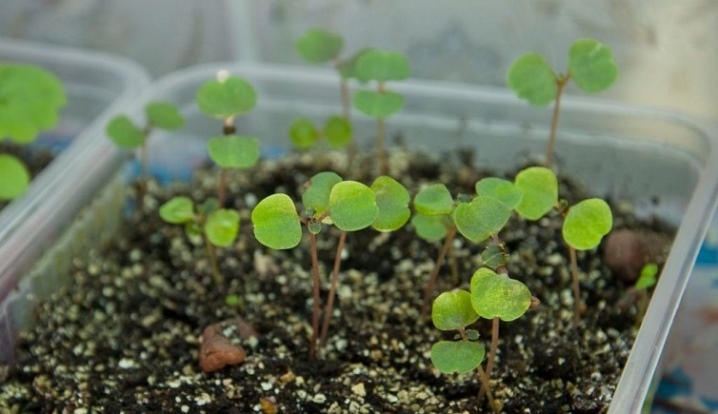
Division of the root system
This is one of the rarest breeding methods, which is recommended only in a situation where the shrub has grown strongly around the perimeter and was conceived as a hedge. Dig out the bush carefully, chopping it into several slices so that each part contains the root system. Put all the shares in a new place right away.
The optimal time for division is early spring or late autumn, it is this time that is considered more favorable for easy adaptation of the shoots to new conditions.
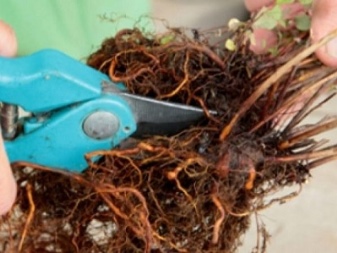
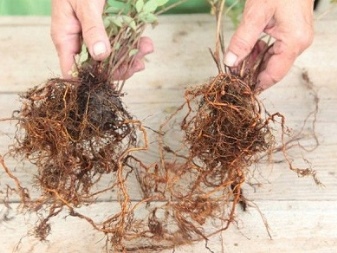
Diseases and pests
The development of diseases in a plant is often associated with non-compliance with the rules of agricultural technology. For example, having noticed that the leaves of a culture curl, dry or deform, it can be assumed that the cause of the phenomenon was a lack of air humidity. Also, the source can be the detrimental effect of ultraviolet radiation.
To solve the problem, it is enough to move the plant to a shaded place and adjust the frequency of watering.

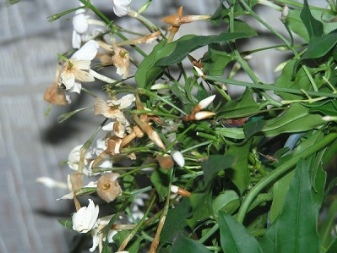
If there is a set of buds, but they do not want to bloom, then, probably, the plant suffers from a lack of light. Darkening of the buds may be due to too warm and dry air. Changing growing conditions will again help to cope with these ailments. The most common pests that like to feast on the presented culture are the following insects.
Spider mite. It occurs when the air is dry. It inhibits the flowering of the plant.
Aphid. Attacks a flower that has wintered in the warmth.
Whitefly. Its presence is indicated by yellow or white spots on the inside of the leaf.

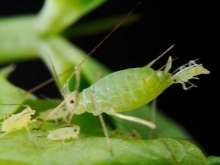

If the insects overpowered the plant in a small volume, then the affected specimen can be treated with a solution of laundry soap. Also, infusions of yarrow, potato tops or mustard help well against insects.
When the scale of the lesion is more serious, you cannot do without the use of special drugs.
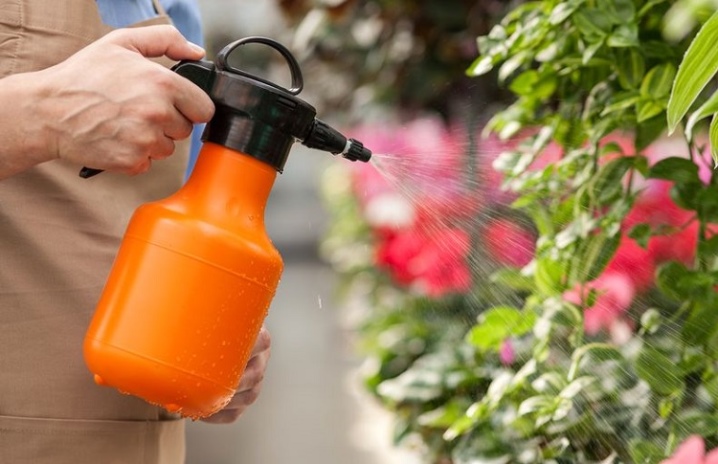
Advice
In order for the plant to fully develop and delight its owner with lush and abundant flowering, it is worth listening to a few more recommendations of experienced gardeners. You should know that young specimens are quite vulnerable to cold weather, so they need to be prepared for winter. After flowering, wrap the young specimen with covering material or ordinary straw. So that the root system is not injured due to frost, it is recommended to dig up the ground around the stem in the fall and add compost.
A few more recommendations apply to plant transplantation. Usually, it is customary to transplant a flower in the spring. The size of the hole should correspond to the volume of the rhizome. When replanting, follow the planting guidelines above.
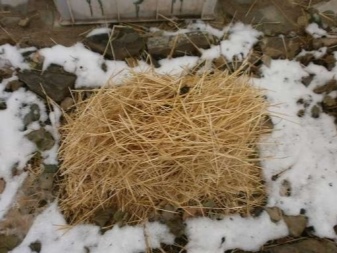
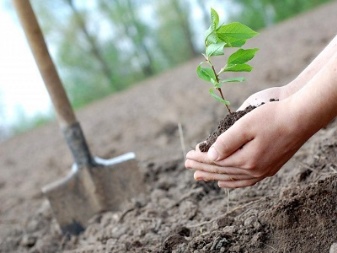
Use in landscape design
Snow-white flowers look very impressive against the background of red brick buildings or in a mixborder. Planting jasmine on the lawn is possible. If this is a low-growing variety, then it is advisable for them to arrange rock gardens or rockeries, you can place such miniature shrubs on the shore of a garden reservoir - such a composition will create a very beautiful landscape in the garden. When planting 2-meter varieties, it is allowed to create a hedge that will bloom even after pruning. Harmonious combinations are obtained by planting crops next to spireas, hydrangeas and weigels. Jasmine also looks spectacular with a single planting, especially if it is a tall species.
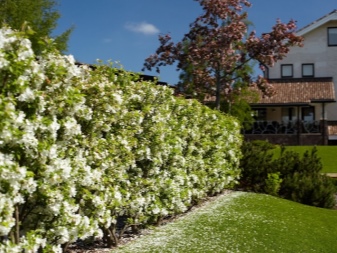
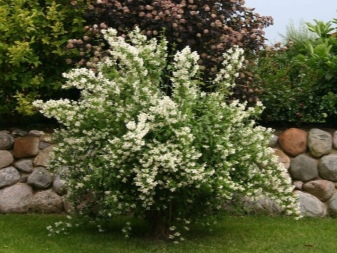
You can learn how to care for jasmine in the video below.
































































The comment was sent successfully.